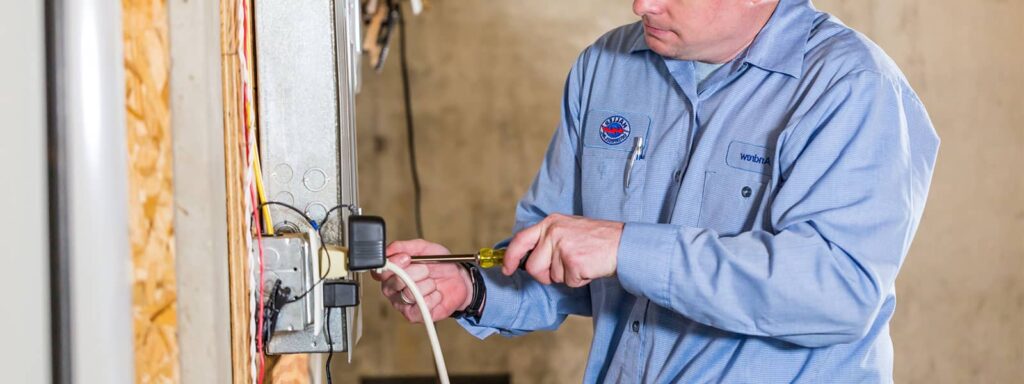The Clean Water Act was established in 1972 as a means of regulating the quality standards for surface waters throughout the United States. The recent crisis in Flint, Michigan, where the change to high-salinity water caused water pipes to erode and enabled lead to leach into the city’s water supply, has turned a spotlight on the overall effectiveness of CWA enforcement. Residents in many U.S. cities are now questioning the safety of their own water supply.
While the Environmental Protection Agency assures us that more than 90 percent of the nation’s municipal water systems comply with its water quality standards, there are still a number of contaminants that can find their way into your water supply. In addition to lead, other examples are arsenic, viruses, bacteria and nitrates. These contaminants have been linked to health issues such as kidney disease, neurological disorders and learning disabilities in children.
What Can You Do to Check the Quality of Your Drinking Water?
If you are concerned about the quality of the drinking water in your home, there are a number of steps you can take that will give you a better idea of just how safe your water really is:
- Contact your municipality: Your local water authority is required by law to provide you with an annual water quality report, which lists any contaminants that may be present in your water supply. You must receive this report by July 1 of each year as an inclusion with your bill (paper billing) or as a downloadable PDF (online billing).
- Use water conditioning systems: There are a number of relatively inexpensive water conditioning systems that can remove many of the impurities and/or improve the overall quality of your drinking water. Examples include water filters and filtration systems, water softeners, acid neutralizers, ultraviolet purifiers and iron removers.
- Regularly flush out your water system: If you haven’t used your water supply for at least six hours, lead and other debris can begin to dissolve into the water that’s resting in your pipes. You can easily “flush out” many of these contaminants simply by running your shower or a faucet for a minute or two. Consider using this water to water houseplants or in your vegetable garden to prevent waste.
- Use cold water whenever possible: Cold water is less susceptible to the dissolution of contaminants than hot water. While you probably wouldn’t want to use cold water for bathing, you can definitely use it for cooking or other household tasks. You can easily heat it on the stove or in the microwave, if needed.
How Can I Test My Own Water Quality?
One way to check for impurities in your water supply is by conducting your own water quality test. There are a number of inexpensive ($30 or less), at-home water quality testing kits available for purchase. While these kits can’t test for every known contaminant, they will give you a better indication of the safety of your water supply.
Consider Professional Drinking Water Testing
A more reliable way of testing water quality is to have it done by professionals. Haller Enterprises offers expert residential water testing services that will give you the peace of mind of knowing that your drinking water is safe and pure. We perform water quality testing to ensure that you have the right balance of nutrients in your water.
We can also detect and determine the best ways to eliminate any harmful contaminants. We can conduct a comprehensive water quality test on city and rural water supplies. We also work with a reputable independent laboratory to verify the quality of well water.
Contact Haller Enterprises to learn more about how to test drinking water at home or to schedule a convenient water quality test today.




